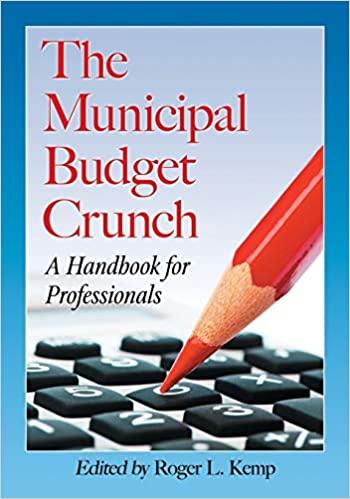Question
7. You are using a net present value profile to compare projects A and B, which are mutually exclusive. At the crossover point the internal
7. You are using a net present value profile to compare projects A and B, which are mutually exclusive. At the crossover point the internal rate of return for project A equals that of project B, but generally does not equal zero.
T/F
8. The IRR decision rule states that a project should be accepted if its IRR:
A: Is equal to zero B: is greater than the AAR C: exceeds the required rate D: is equal to or greater than 1.0
9. Which one of the following statements related to the internal rate of return (IRR) is correct?
A: When the IRR is less than the required return, the NPV is positive. B: If the IRR exceeds the required return, the profitability index will be less than 1.0. C: A project has multiple IRRs if the project's cash flows are unconventional. D: If two projects are mutually exclusive, you should select the project with the highest IRR. E: The IRR is a better evaluation tool than the profitability index when two projects are mutually exclusive.
11. A project has the following cash flows. What is the internal rate of return?
year 0 -520000. year 1 112900. year 2 367200. year 3 204600
29. You are considering the following two mutually exclusive projects. The required return on each project is 16 percent. Which project should you accept and what is the best reason for that decision?
A: Project B; because it has the higher net present value. B:Project A; because it has the higher internal rate of return. C: Project A; because it has the higher net present value. D: Project A; because it pays back faster. E: Project B; because it has the higher internal rate of return
30. Peter Mills is considering a project with the following cash flows. Should this project be accepted based on its rate of return if the company requires a 14 percent return?
A: The project's rate of return cannot be computed because the cash flows are unconventional. B: no; the project's rate of return is 9.49 percent. C: yes; the project's rate of return is 17.57 percent. D: yes; the project's rate of return is 14.12 percent. E: no; the project's rate of return is 11.78 percent
32. Sue and Tina are both considering the same project with the cash flows shown below. Sue is content earning 10 percent on the project but Tina wants to earn at least 14 percent. Who, if either, should accept this project? Year 0 -48000. Year 1 14000. Year 2 20500. Year 3 33000.
35. A project Nirrti is considering requires an initial cash outlay of $715,000 for equipment. She expects to spend an additional $68,000 in the first year to cover costs as the project will produce negligible cash inflows for that year. During years 2 through 7, she expects to receive cash inflows of $308,000 a year. What is the net present value of this project at a discount rate of 17.5 percent?
Step by Step Solution
There are 3 Steps involved in it
Step: 1

Get Instant Access to Expert-Tailored Solutions
See step-by-step solutions with expert insights and AI powered tools for academic success
Step: 2

Step: 3

Ace Your Homework with AI
Get the answers you need in no time with our AI-driven, step-by-step assistance
Get Started


